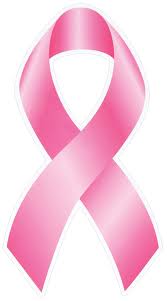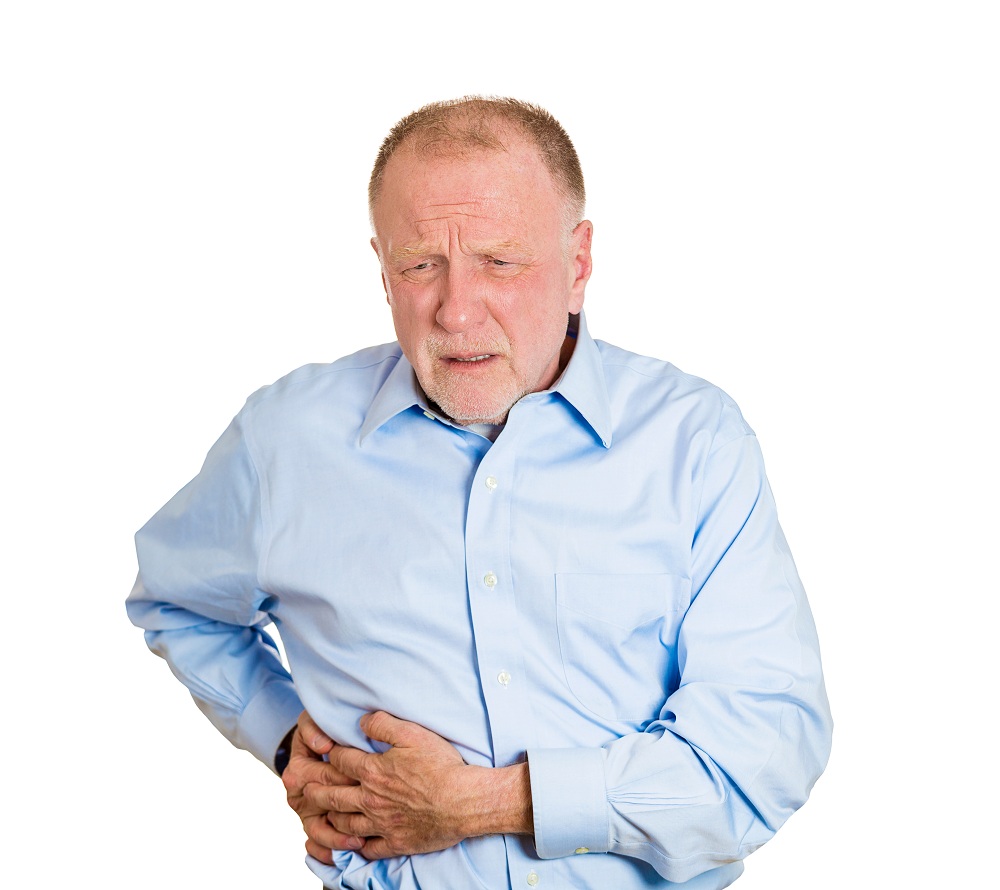Breast cancer is often categorized by a breast lump. The cancer stages range from early and curable breast cancer to metastatic breast cancer. However, there are different breast cancer treatments available. It is necessary for women to stay informed on the symptoms they need to watch out for so they can receive treatment quickly. The best example of breast cancer awareness is Angelina Jolie, who received national attention by undergoing breast surgery. She created awareness of the disease by explaining the surgery to the world. She exclaimed that a BRCA gene mutation makes risk for breast cancer and ovarian cancer incredibly high and should be treated immediately even if treatment calls for mastectomy. In the five weeks following that announcement by her, almost 3,000 more women sought testing for breast cancer.
Breast cancer: Causes?
Breast cancer is the most common cancer among American women. It is the second leading cause of cancer death in women, exceeded only by lung cancer. The American Cancer Society’s estimates for breast cancer in the United States for 2014 are:
- About 232,670 new cases of invasive breast cancer will be diagnosed in women.
- About 40,000 women will die from breast cancer
Breast cancer and Types: Invasive or non-invasive:
There are several types of breast cancer, but some of them are quite rare and are non-cancerous like Ductal carcinoma in situ (DCIS) and Lobular carcinoma in situ (LCIS), wherein the cells inside some of the ducts of the breast or lobules have started to become abnormal but don’t protrude out, even doctors don’t call them cancer because of their non-invasive nature. Breast cancer generally starts in the milk duct of the breast, breaks through the wall of the duct, and grows into the fatty tissue of the breast as in case of Triple-negative breast cancer. Triple-negative breast cancer is a high-risk cancer and is one of the commonly found types. In this type of cancer, cells lack estrogen and progesterone receptors, and do not have an excess of the HER2 protein on their surfaces which make drugs or even therapy like hormone therapy ineffective, though chemotherapy may still be useful.
Rare types of breast cancer:-
- Inflammatory Breast Cancer or IBC: IBC makes the skin on the breast look red and feel warm. The affected breast may become larger or firmer, tender, or itchy.
- Paget disease of the nipple: This type of breast cancer starts in the breast ducts and spreads to the skin of the nipple and then to the areola (dark circle around the nipple). The affected woman may notice burning or itching.
- Phyllodes tumour: This type of tumour develops in connective tissue (the tissues that supports, connects or separates different types of tissues and organs of the body) of the breast. These tumours are usually benign, but on rare occasions may be malignant. A malignant phyllodes tumour is treated by mastectomy.
Symptoms
 1. The first symptom is a lump that appears in the breast or underarm and persists after your menstrual cycle. Lumps associated with breast cancer are generally painless, although some cn cause an itchy sensation. Lumps can be viewed on a mammogram.
1. The first symptom is a lump that appears in the breast or underarm and persists after your menstrual cycle. Lumps associated with breast cancer are generally painless, although some cn cause an itchy sensation. Lumps can be viewed on a mammogram.
2. Swelling in the armpit is another symtom of breast cancer. This is followed by pain or tenderness in the breast.
3. A noticeable change in the size, contour, or texture of the breast. The skin can become red and itchy, particularly like an orange skin.
4. Nipple retraction and the emergence of red rash is another condition that can take place which is followed by itching or a burning sensation.
5. Breast cancer is also associated with unusual discharge from the nipple that may be clear or bloody.
Breast cancer and Sexual Health
The studies have demonstrated that changes to sexual well-being are common, following breast cancer diagnosis and treatment. A study by Susan Williamson, School of Health, University of Central Lancashire, Preston, Lancashire, UK, suggests that 85% of women with breast cancer reported changes to sexual well-being. Some of the commonly felt sex problems are:-
- Lack of sexual interest
A significant proportion of women with breast cancer show the symptoms of depression and loss of sexual desire. The quality of the sexual experience declines considerably following breast cancer. A breast cancer patient is given a chemotherapy that supress sexual desire.
- Decrease in sexual frequency
There is a reduction in the frequency of sexual activities; sometimes it dips to one or two times per year according to a study. Nearly 80% of the women who develop breast cancer abstain from intercourse.
- Menopause symptoms
Many women who have menopause experience dryness in the vagina and loss of tissue elasticity. Similarly, women who get chemotherapy treatment experience vaginal dryness, irritability and mood swings.
- Emotional Instability
The patients have negative thoughts and find themselves distracted during sex by negative images and thoughts about their body and appearance.
Treatment for breast cancer
Treatment for breast cancer is based on many factors like type and stage of the cancer, sensitivity of cancerous cell to certain hormones, response of cancer to HER2 proteins. Cancer treatment can be local or systemic. Local treatments involve treating only the disease-affected area. Radiation and surgery are forms of local treatment. They are employed to kill the cancerous cells. Systemic treatments affect the entire body. Chemotherapy is a type of systemic treatment that kills the cancer cells. Apart from this, surgery is also suggested in some cases to remove cancerous tissue. Surgery is of two types: lumpectomy where only the breast lumps are removed and mastectomy where all or the part of the breast is removed. Hormone therapy is also prescribed to some women. These hormones block certain hormones that fuel cancer growth. An example of hormonal therapy is the drug Tamoxifen.
Herbal pills or genital lotions:
otions act as lubricants during sex, however a consultation with a gynaecologist is required before using these lotions or pills because they may interfere with other medicines and may have unknown dangers like lotions containing L-arginine may trigger episodes of genital herpes if a woman has a history of infection with this virus.
- Vaginal moisturizers: Vaginal moisturizers are designed to keep the vaginal lining moist all the time and may replace the need for lubricants during sex. Most commonly used moisturisers are Replens, Hyalo-D or Luvena.
- Water or silicone-based vaginal lubricants: Water-based lubricants and Silicone-based lubricants last longer and work better than old-style gels. But look for the composition of lubricants as they should not contain perfumes or chemicals such as parabens or glycerine.
- Low-dose vaginal estrogen replacement: They are generally thought to be safer than pills, lotions or creams. They help in eliminating vaginal dryness by releasing less estrogen into the bloodstream.Also Read: 8 Genius Ways To Use Veggies for Weight Loss and Boosting HealthShare this blog with your female friends, and create more awareness on breast cancer.




